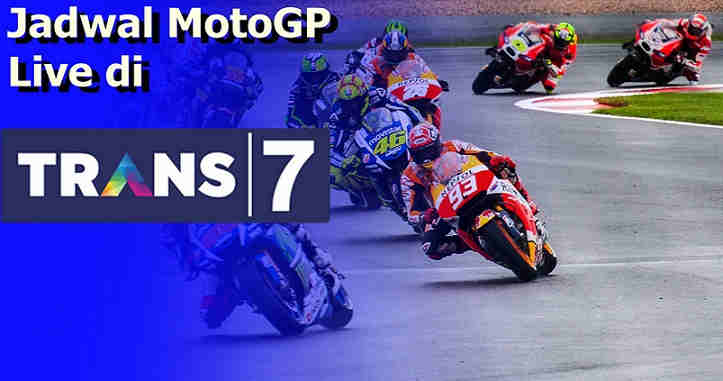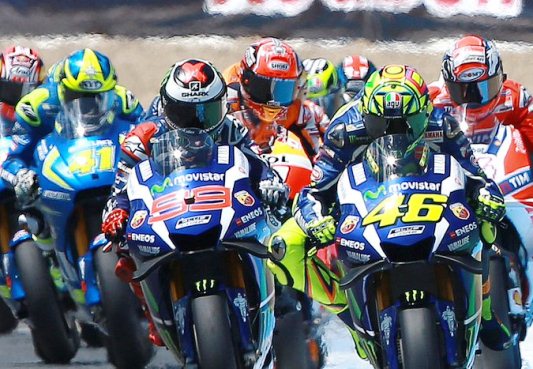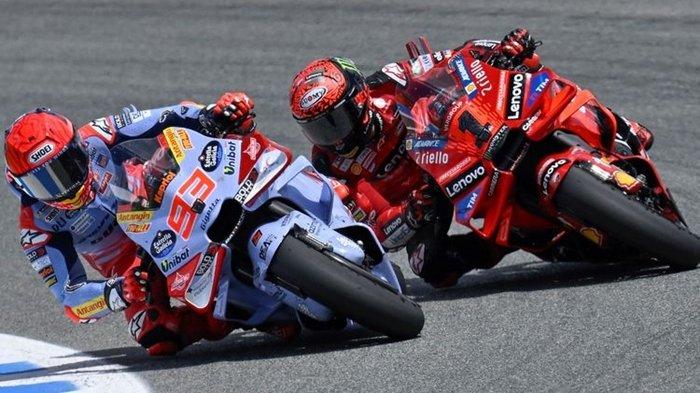The Hells Angels Motorcycle Club: A Deep Dive

Table of Contents
History and Origins of the Hells Angels MC
The Hells Angels Motorcycle Club's story begins in 1948, in the post-war landscape of California. Founded in Fontana, California, the club's early members were primarily veterans, reflecting the post-war societal shifts and a yearning for camaraderie and rebellion. The initial group’s influence shaped the club’s early identity, establishing a foundation that would evolve into the globally recognized—and often feared—organization it is today. This evolution wasn't without its defining moments:
- Founding location and date: Fontana, California, 1948.
- Early membership demographics: Predominantly World War II veterans.
- Key events shaping the club's early years: Internal power struggles, early confrontations with law enforcement, and the gradual establishment of a more formal structure.
- Expansion beyond California: The club's expansion across the United States and eventually internationally marked a significant shift in its scale and influence.
The Hells Angels' Global Structure and Chapters
The Hells Angels Motorcycle Club isn't a monolithic entity; it operates under a hierarchical structure. Mother chapters, often the oldest and most influential, exert significant control over subordinate chapters, known as charters, spread across the globe. This structure allows for expansion while maintaining a degree of centralized control, though the practical extent of this control is debated. However, the very nature of this decentralized structure presents both advantages and disadvantages:
- Mother chapters and their significance: These chapters wield considerable power and influence within the overall organization.
- Regional variations in club activities: Activities and the club's public image can differ significantly between chapters, depending on local laws, enforcement efforts, and the specific chapter's leadership.
- International presence and influence: The Hells Angels have established chapters in numerous countries, demonstrating a significant global reach.
- Challenges of maintaining global cohesion: Managing such a vast and geographically dispersed organization presents ongoing challenges in terms of communication, coordination, and maintaining a consistent image.
Hells Angels Motorcycle Club: Activities and Allegations
The Hells Angels Motorcycle Club has long been associated with various alleged illegal activities. Reputable sources have linked the club to drug trafficking, violence, extortion, and other criminal enterprises. It's crucial to approach these allegations with a balanced perspective, acknowledging that the club vehemently denies many accusations while acknowledging that numerous members have been convicted of serious crimes. The ongoing legal battles and investigations significantly impact the club's public image and operational capabilities.
- Allegations of criminal activity (cite reputable sources): Numerous news reports, law enforcement documents, and academic studies detail allegations of extensive criminal activity. [Insert citations to reputable sources here].
- High-profile legal cases involving the club: Several high-profile cases have involved the Hells Angels, resulting in significant convictions and increased scrutiny.
- Law enforcement efforts to combat Hells Angels activities: Law enforcement agencies globally dedicate significant resources to investigating and disrupting Hells Angels activities.
- The club's responses to accusations: The Hells Angels typically deny most allegations, maintaining that they are a social club with a shared interest in motorcycles.
Hells Angels MC: Culture, Symbolism, and Identity
The Hells Angels' identity is deeply intertwined with their distinctive symbolism and the broader outlaw biker subculture. The iconic death's head logo, for instance, is instantly recognizable and represents a powerful symbol of rebellion, defiance, and brotherhood. The motorcycle itself plays a central role, serving as both a means of transportation and a powerful symbol of freedom and individuality. This shared identity fosters a strong sense of loyalty and camaraderie within the club.
- Meaning and origins of the club's insignia: The death's head logo, and other symbols, contribute to the club's intimidating and rebellious image.
- The role of motorcycles in Hells Angels identity: Motorcycles are not merely vehicles; they are integral to the club's image and culture.
- Brotherhood and loyalty within the club: A strong sense of brotherhood and loyalty is a cornerstone of the Hells Angels culture.
- The appeal of the outlaw biker lifestyle: The allure of rebellion, freedom, and belonging contributes to the club's enduring appeal.
Hells Angels in Popular Culture
The Hells Angels Motorcycle Club has been frequently depicted in books, films, and documentaries, often shaping public perception, whether positive or negative. These portrayals, ranging from romanticized depictions to sensationalized accounts of criminality, have had a profound impact on the club's image and how the public perceives them. The club itself has occasionally attempted to control its image through legal action and public relations efforts.
- Notable films and books featuring the Hells Angels: Examples include Hell's Angels '69, Easy Rider, and numerous books exploring their history and culture.
- Positive and negative representations in media: Portrayals have ranged from sympathetic explorations of their brotherhood to villainous depictions focused on their criminal activities.
- The club's attempts to control its public image: The Hells Angels have sometimes sought to control how they are presented in the media, though with varying degrees of success.
Conclusion: Understanding the Hells Angels Motorcycle Club
The Hells Angels Motorcycle Club represents a complex and multifaceted organization. Understanding its history, structure, alleged activities, and cultural significance requires a nuanced approach, acknowledging both the reality of their criminal associations and the enduring appeal of their outlaw biker lifestyle. This article has aimed to provide a balanced overview, but further research is essential to fully grasp the complexities of this iconic—and controversial—group. Continue your exploration of the Hells Angels Motorcycle Club by researching further into their history and impact, always consulting reputable sources for accurate and insightful information.

Featured Posts
-
 Auto Extrak A Porsche 911 Luxusfelszereltsege
May 25, 2025
Auto Extrak A Porsche 911 Luxusfelszereltsege
May 25, 2025 -
 La Triste Noticia Fallecimiento De Eddie Jordan Ultima Hora
May 25, 2025
La Triste Noticia Fallecimiento De Eddie Jordan Ultima Hora
May 25, 2025 -
 Melanie Thierry Une Analyse De Sa Carriere Au Cinema Et A La Television
May 25, 2025
Melanie Thierry Une Analyse De Sa Carriere Au Cinema Et A La Television
May 25, 2025 -
 Exploring The World Of The Hells Angels
May 25, 2025
Exploring The World Of The Hells Angels
May 25, 2025 -
 Annie Kilners Posts Following Kyle Walker Night Out Allegations Of Poisoning
May 25, 2025
Annie Kilners Posts Following Kyle Walker Night Out Allegations Of Poisoning
May 25, 2025
Latest Posts
-
 Nike Running Shoes 2025 A Comprehensive Buyers Guide
May 26, 2025
Nike Running Shoes 2025 A Comprehensive Buyers Guide
May 26, 2025 -
 Jangan Lewatkan Catat Jadwal Moto Gp Inggris Hari Ini Dan Akhir Pekan Ini
May 26, 2025
Jangan Lewatkan Catat Jadwal Moto Gp Inggris Hari Ini Dan Akhir Pekan Ini
May 26, 2025 -
 Moto Gp Argentina 2025 Jadwal Lengkap Siaran Langsung Di Trans7
May 26, 2025
Moto Gp Argentina 2025 Jadwal Lengkap Siaran Langsung Di Trans7
May 26, 2025 -
 Find Your Perfect Nike Running Shoe In 2025
May 26, 2025
Find Your Perfect Nike Running Shoe In 2025
May 26, 2025 -
 Jadwal Lengkap Moto Gp Inggris 2024 Sesi Latihan Kualifikasi And Balapan
May 26, 2025
Jadwal Lengkap Moto Gp Inggris 2024 Sesi Latihan Kualifikasi And Balapan
May 26, 2025
